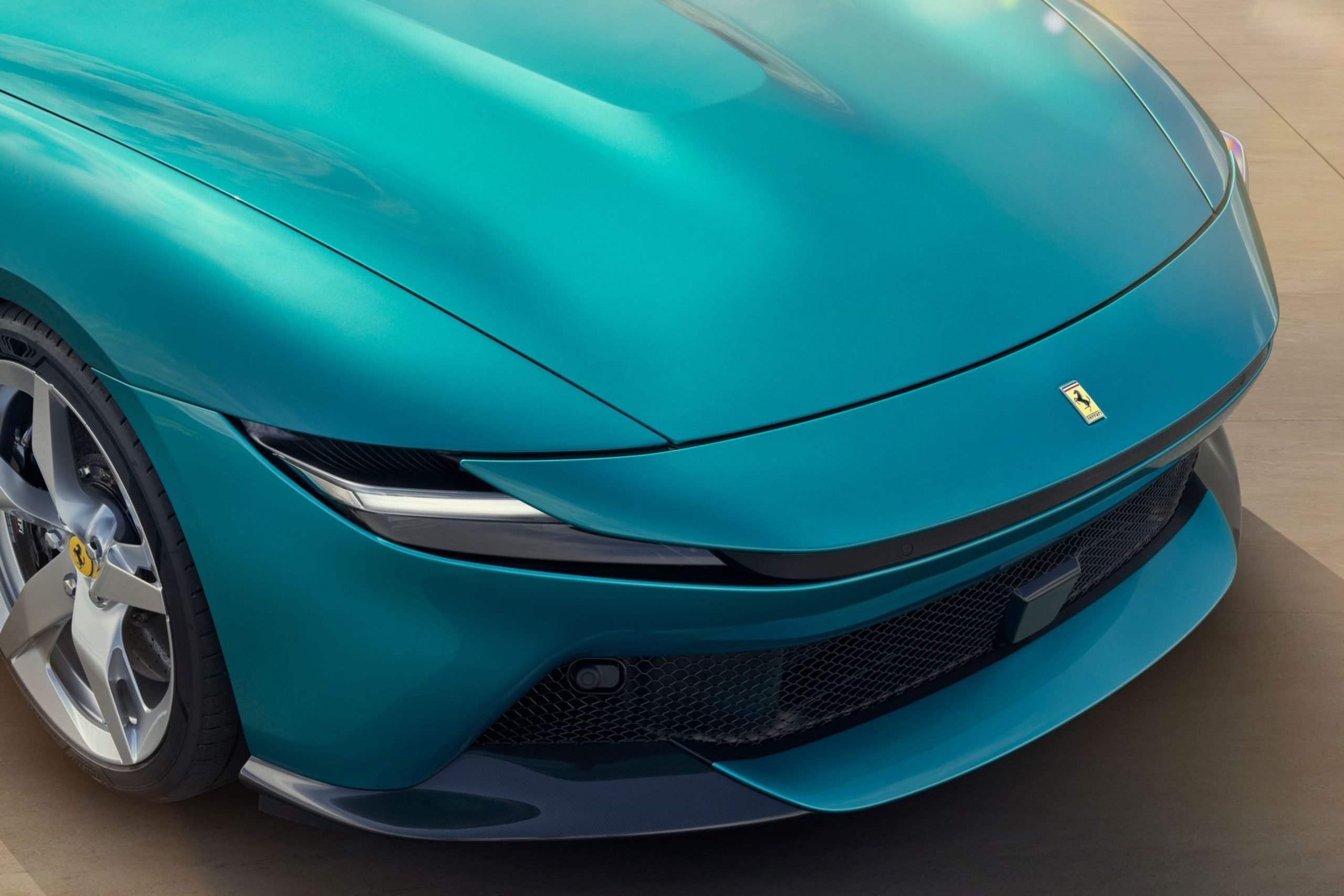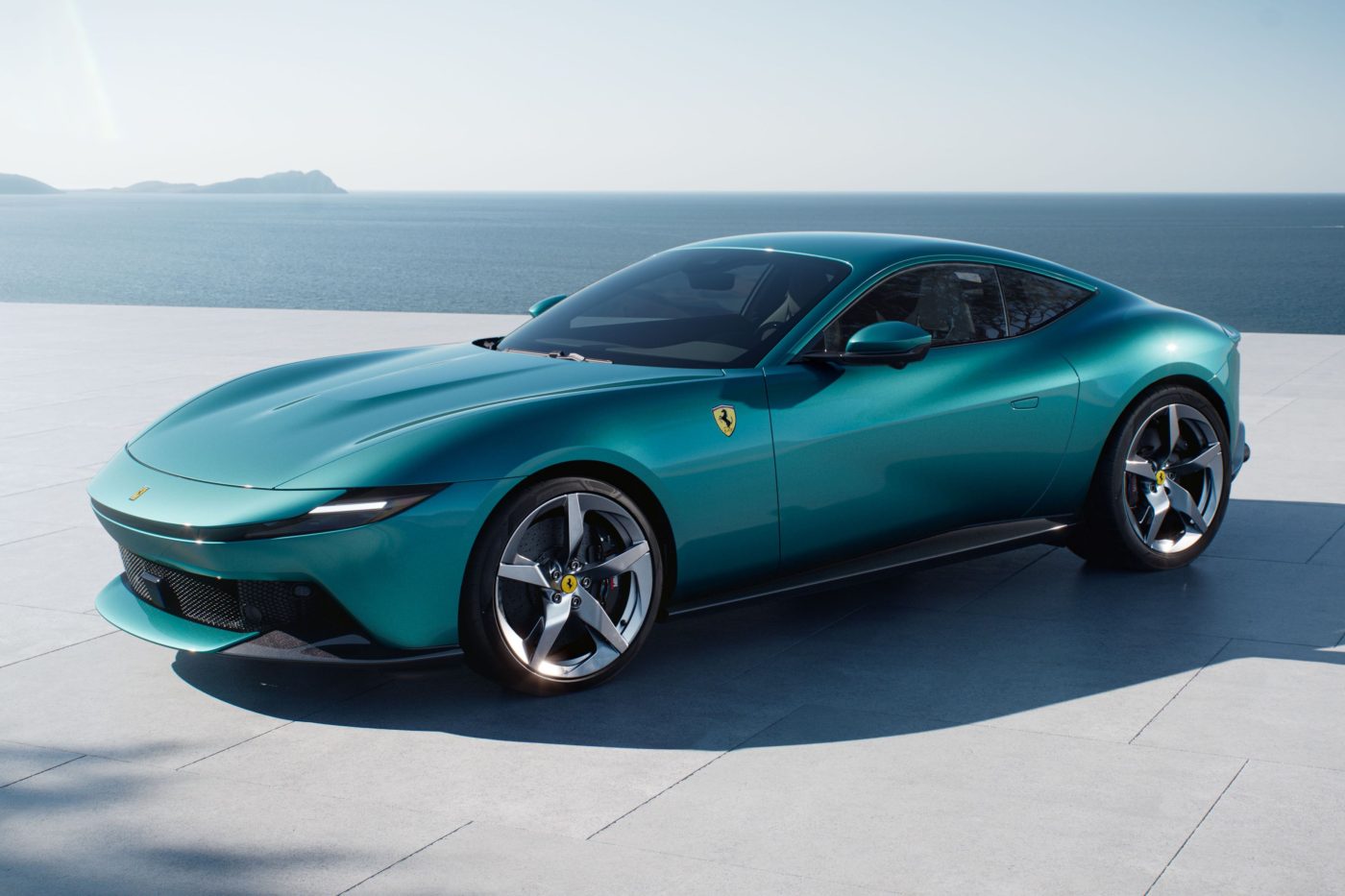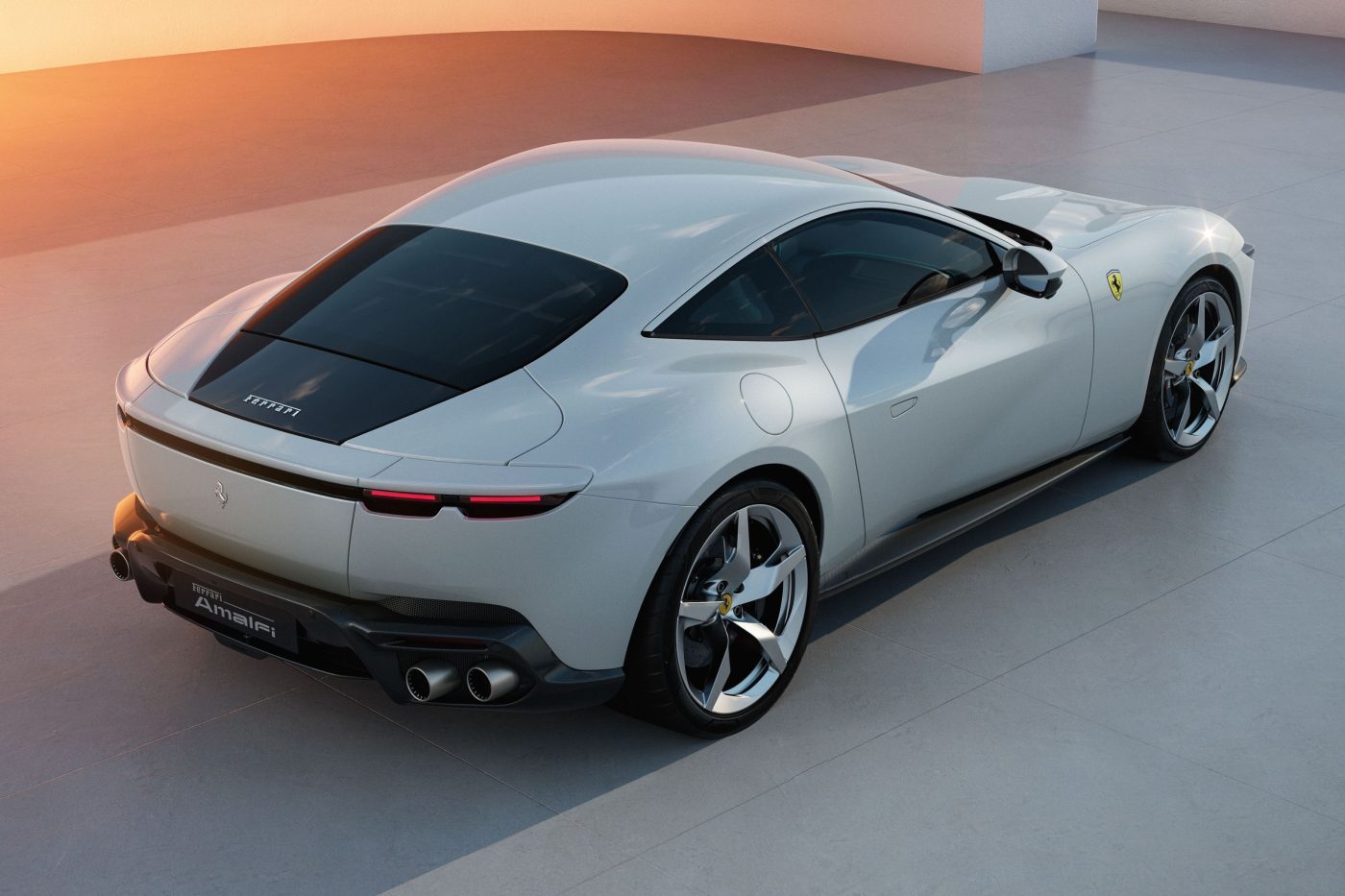Price, Performance, Features and Australian Relevance

- Ferrari ditches touch-sensitive controls in favour of physical buttons across the cabin
- Twin-turbo V8 makes 640 hp with no hybrid system or all-wheel drive
- Australian buyers will appreciate its usable power, intuitive interior and stripped-back engineering
While most manufacturers are doubling down on screens and software, Ferrari has taken a very different path with its latest supercar.
Ferrari Fixes What It Broke
The new Ferrari Amalfi, priced from around $240,000 AUD, reintroduces physical buttons, real-world power, and an analogue driving experience that feels surprisingly in tune with Australian roads and attitudes.
Ferrari calls it a Grand Tourer, but it’s more than just a comfortable cruiser. The Amalfi swaps out the Roma with a more focused, more refined interpretation of what a front-engined Ferrari should be. No electric motors. No all-wheel drive. Just a rear-driven V8 and an interior layout that prioritises muscle memory over muscle flexing.
Why This Car Makes Sense in Australia
This shift is especially relevant to Australian drivers. Here, long stretches of road and brutal summer conditions demand vehicles that work intuitively.
The Amalfi’s return to physical controls, including a real metal start button, is a direct response to customer frustration with the brand’s recent obsession with touch-sensitive panels. Ferrari admits it got it wrong, and the Amalfi is their correction.

Performance has been nudged upwards, but not in a headline-chasing way. The twin-turbo 3.9-litre V8 now makes 640 horsepower and sends it through an eight-speed dual-clutch gearbox to the rear wheels.
It will hit 100 km/h in 3.3 seconds. That’s quick enough for any Australian road, but more importantly, it delivers its power with precision and personality. The turbos spool quicker. The redline is higher. And the experience is pure driving thrill.
A Supercar for People Who Still Love Driving
The design has evolved too. The front end is cleaner, more technical, and prioritises airflow rather than styling for its own sake. Around the back, a three-mode active wing delivers functional downforce without needing to shout about it. Inside, the dashboard has been simplified and made more usable, with a horizontal infotainment layout that finally makes sense.

For local enthusiasts who have grown tired of gimmicks, this Ferrari offers a rare kind of honesty. It doesn’t promise the future. It delivers the now. If you still value the feel of the road, the sound of a proper engine, and a cabin that responds without delay, the Amalfi might be the most relevant supercar in years.
Deliveries begin in 2026, and while the price is expected to climb slightly above the Roma it replaces, for many this will be money well spent.

